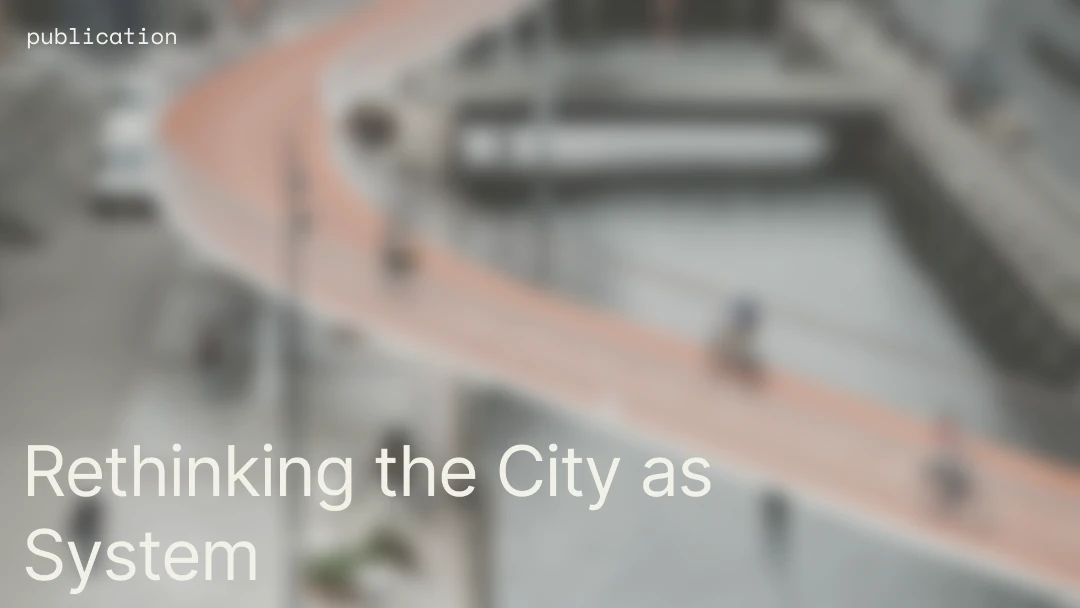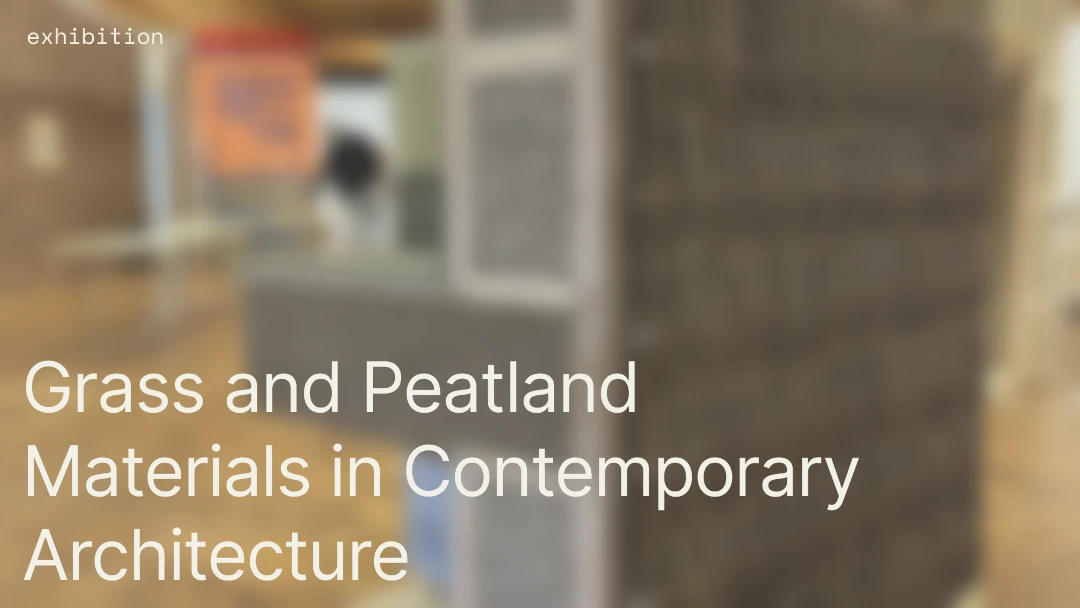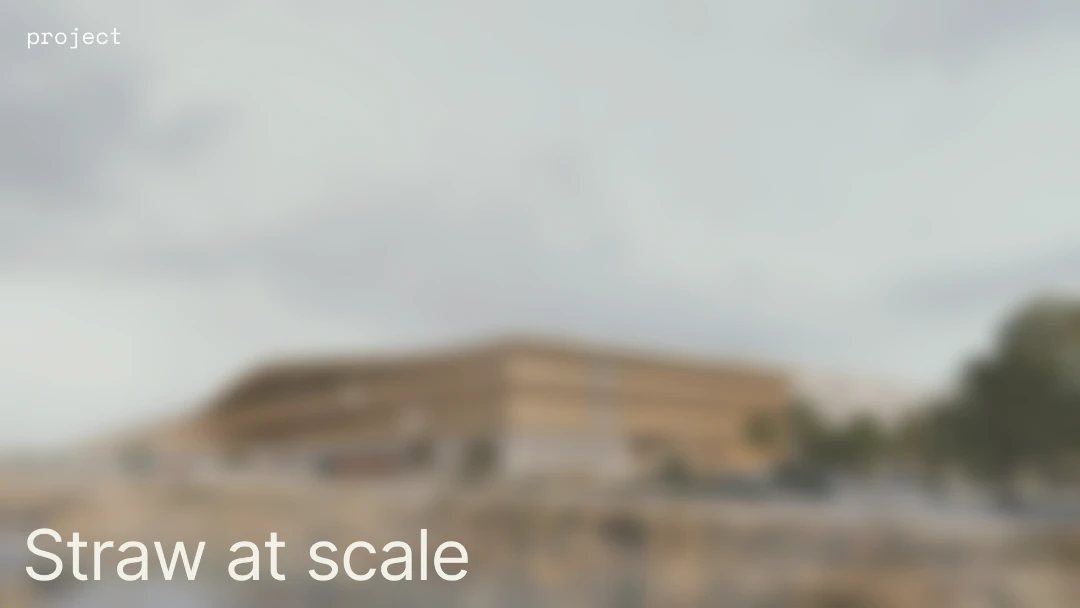
With the growing risks of rising sea levels and urban flooding, there is an increasing need to explore alternative solutions for building on water. Conventional floating structures rely on polystyrene-filled concrete foundations or plastic pontoons—materials that are inflexible, difficult to transport, and environmentally harmful. Recognising these challenges, MAST, a design studio founded by Australian architect Marshall Blecher and Danish maritime designer Magnus Maarbjerg, is pioneering a new approach to water-based architecture.
MAST collaborates with harbour authorities and municipalities across Europe and Australia to create climate-resilient floating structures that improve the relationship between cities and their waterways. One of their most ambitious projects, “Land on Water”, is a collaboration with Austrian construction entrepreneur Hubert Rhomberg and the concept and venture studio Fragile.
The concept is based on a modular system of floating platforms that can support a variety of uses, from residential and commercial buildings to parks and urban farming. The goal is to create dynamic, off-grid floating communities that adapt to rising sea levels and changing urban demands. By shifting away from traditional floating infrastructure, MAST’s approach makes water-based living more flexible, transportable, and environmentally responsible.

The rationale behind floating architecture stems from the realisation that 71% of the Earth’s surface is water, yet conventional urban expansion continues to push into already fragile land areas. As Hubert Rhomberg, managing director of Rhomberg Holding, puts it: “In times of rising sea levels, we need to rethink how and where we are going to live.”
MAST’s floating structures provide an alternative that is climate-adaptive and easily scalable, making them a viable solution for coastal cities struggling with land shortages and extreme weather events. Unlike conventional floating platforms, their system allows for modular expansion, easy relocation, and material flexibility, making it a more adaptable and regenerative solution.
By enabling cities to expand onto water in a way that is both adaptive and low-impact, MAST’s work opens up new possibilities for urban development. Floating communities offer a unique way to mitigate the challenges posed by rising sea levels while creating new spaces for living, working, and recreation.

As innovative solutions like MAST’s floating platforms gain traction, the importance of material transparency and sustainability in construction becomes ever more critical. Platforms like revalu can play a role in evaluating and comparing the materials used in floating architecture, ensuring they align with low-impact, circular economy principles. By integrating data-driven insights, architects and planners can make more informed choices about the materials they use, helping to scale floating architecture in a way that is both functional and environmentally responsible.




























